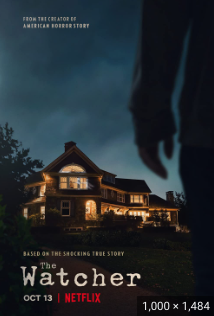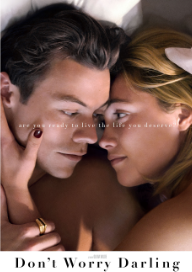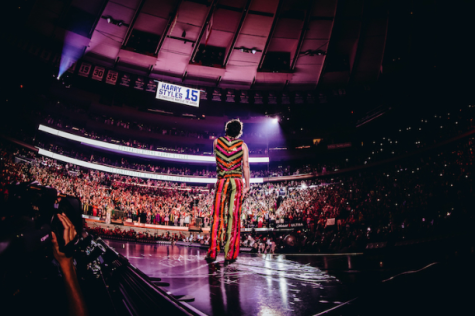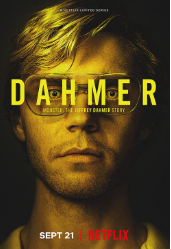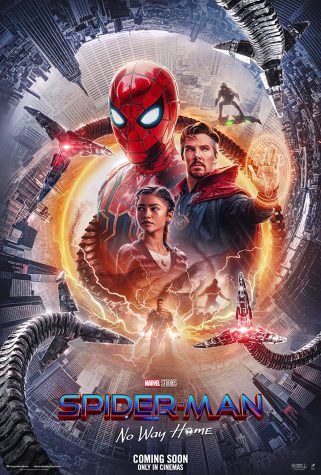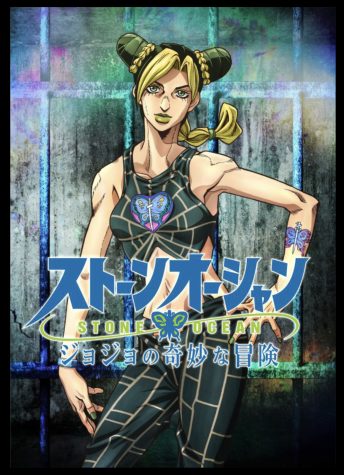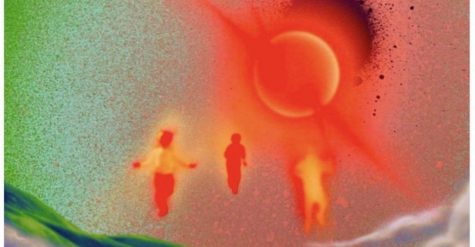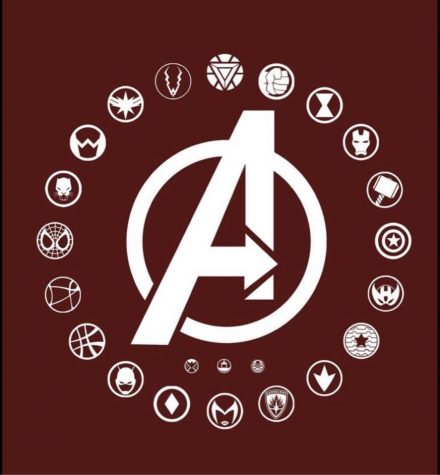Coraline: Movies vs Book Review
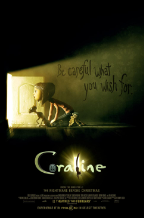
Neil Gaiman’s 2002 novella, Coraline, was deep-rooted in urban legends and hypothetical analogies. It came from the pains of Coraline Jones moving into a new apartment complex with her family. It then shifts from the anticipation of the new discoveries to the horrors of a distorted reality of her own after she discovers a secret door despite neighbors warnings.Years later, in 2009, director Henry Seilik made a stop-motion adaptation of the story based on Tim Burton’s art style from movies such as Corpse Bride and The Nightmare Before Christmas. Voice Casting included Dakota Fanning (Coraline), Robert Bailey Jr (Wybie), Terri Hatcher (Mother/Other Mother), and many more!
Coraline herself is a bratty, self-absorbed, and bitter individual, but the book and movie have different interpretations on her character. The film makes it more obvious how much she hated her new home and how she wanted a new life for her needs and desires. This illustrates the coming of age story more eminently as she is quick to embrace the new world through the little mouse hole than what is given in front of her.
The book describes the protagonist in a more subtle manner as she saw a little bit of hope in the face of new situations while the movie does the opposite.
Sound effects can be used in the same context for both the novella and the film. The primary motivation was to illustrate the depth of emotion and suspense that the characters experience: whether it would be the exaggerated violin strumming as movie Coraline soars the heights of the other mother’s bedroom, or the bell-chiming screams of the other mother’s death, all of these sound effects match the atmosphere and initial feelings of fear and adventure.
However, there is one difference that the audience can distinguish immediately: Coraline’s new friend, Wybie. Many film and literature critics say that the addition of a supporting character is to advance parts of the plot (while some say that his intention was to drive in a diverse pool of audience members in the context of gender stereotypes)..
It is clear that the book and movie share the same sequences in getting the key back and freeing the ghost children, but it was a long and tedious process for Coraline as she was constantly being manipulated by the Other Mother to find new ways that would lead her into empty holes. In the movie, she was so desperate for help in the other world that made her believe the lies she was being told. These contrasting dilemmas emphasize the feeling of solitude and need for a partner in difficult times.
Every film critic has the need to balance the pros and cons of the book and movie adaptations. Factors that lie in their decisions are the emotional suspense, plot thickening and connections, accuracy with historical events, and cast portrayal in the slightest. In the end, the film adaptation portrays the theme and depth of the story more than the book.

